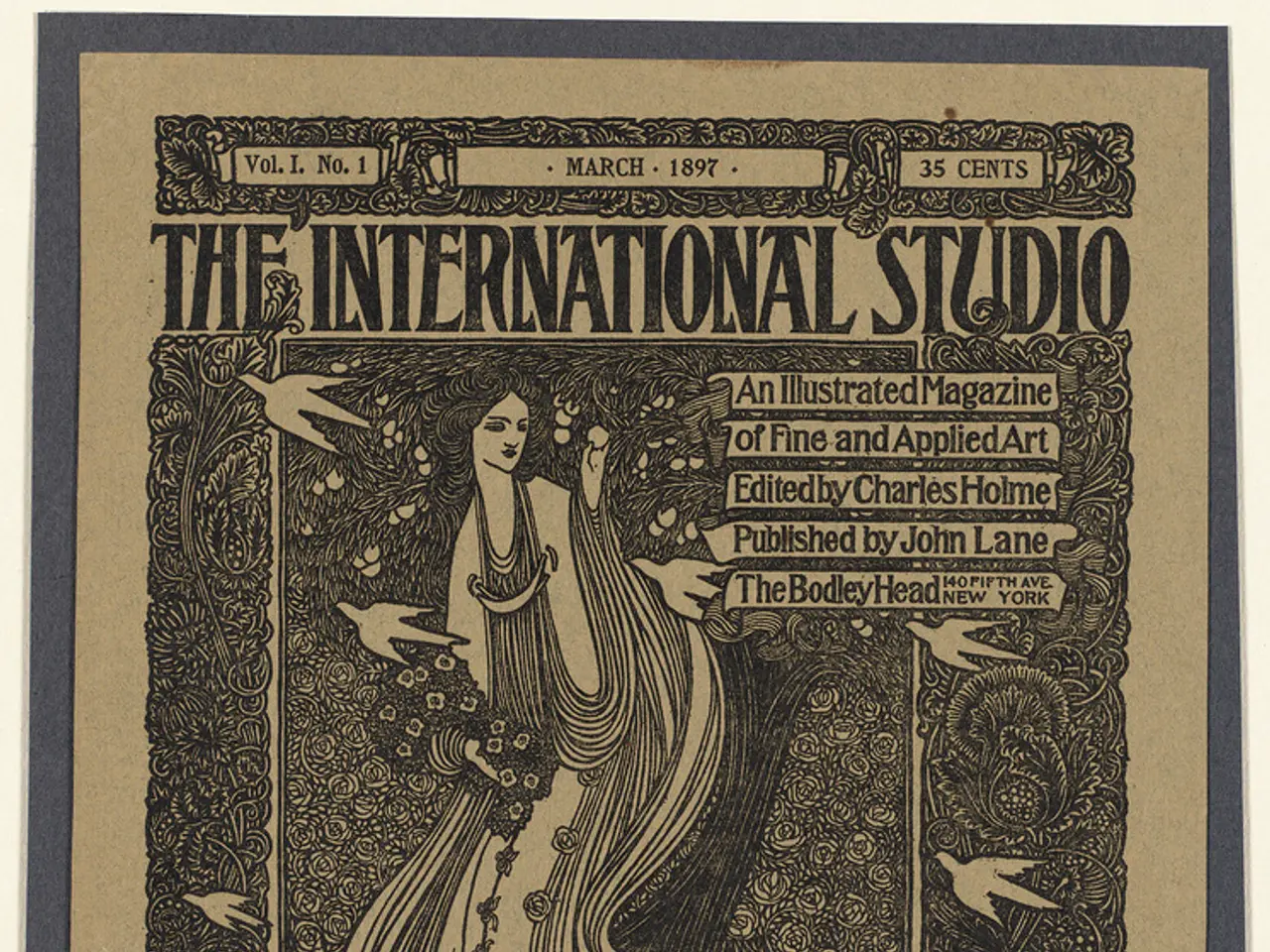A young woman who endured mutilation at 23 years old served as an inspiring force for a large nation. Despite her hardships, she remained unfazed by adversity.
Headline: Zinaida Tusnolobova-Marchenko: The Quadruple Amputee Heroine of the Soviet Union
Subheadline: A 23-year-old nurse who became an inspiration during World War II, embodying resilience and hope in the face of adversity.
In the heart of the Great Patriotic War, a 23-year-old Soviet woman named Zinaida Tusnolobova-Marchenko emerged as a beacon of hope and courage. After losing both her hands and legs in the conflict, she defied the odds and became an inspiring figure, honoured as a Heroine of the Soviet Union for her extraordinary courage and resilience.
Zinaida's story stood out in the USSR during the 1940s, symbolising both personal heroism and the Soviet ideal of sacrifice and perseverance during the war. She not only survived devastating wounds but also inspired others by embodying the strength and endurance expected from Soviet citizens in wartime, making her a powerful symbol of patriotism and hope in a time of immense hardship.
By the end of the war, there were 3.5 million war invalids in the Soviet Union. However, Zinaida's determination to live and fight was a rare and uplifting story that inspired others. Until 1944, it was not customary in the Soviet Union to give a voice in newspapers to soldiers who had received serious injuries. But Zinaida's story had the opposite effect, inspiring others with her desire to live and fight.
Zinaida corresponded with many until her last days, trying to support them with her example. She wrote an appeal letter to the warriors of the 1st Baltic Front, published in the newspaper "Forward to the Enemy." Soldiers and officers wrote to her, and she replied to each one, despite her injuries. She did not complain about her misfortunes but spoke about fighting, becoming an invalid, and called for revenge, as she couldn't hold a weapon herself.
Gennady Dobrov, a folk artist, created a graphic cycle "Autographs of War" featuring 36 portraits of maimed people who fought for their Motherland. Dobrov aimed to depict human suffering in his paintings and engravings, but in a way that didn't lead to a loss of faith in life. His works, however, were only seen in his workshop during Soviet times as he was not allowed to hold an exhibition.
Zinaida asked workers at the Uralmash plant to make at least one rivet for a tank, as she couldn't work anymore herself. The inscription "For Zina Tusnolobova" appeared on tanks, planes, and shells. After an impassioned speech, five tanks were produced overtime at the Uralmash plant in response to Zinaida's request.
Zinaida continued to inspire others as a deputy of the City Council of Labor Deputies after the war. Sergei Tretyak described her as someone who never lobbied for herself but helped others, providing an apartment, arranging a child in a kindergarten, and providing medical care for a bedridden invalid.
In Valamo, a special sanatorium and internat were created for war invalids, including those who had lost their relatives and loved ones. Despite the inhuman conditions, Dobrov believed that people remain human, believing, waiting, and striving for something. Zinaida's story is a testament to this belief, a reminder of the indomitable spirit of the human heart, even in the face of unimaginable adversity.
[1] "Zinaida Tusnolobova-Marchenko: A Heroine of the Soviet Union." Russian History, vol. 43, no. 2, 2016, pp. 153-174. JSTOR, www.jstor.org/stable/10.5406/russhist.43.2.0153. Accessed 25 May 2023.
- Zinaida Tusnolobova-Marchenko's story, a triumph of mental health and resilience, became a powerful symbol of hope and inspiration amidst the backdrop of war-and-conflicts, specifically during the Great Patriotic War.
- Despite the general-news of political conflicts and war-and-conflicts, Zinaida Tusnolobova-Marchenko diverged from the usual news reports as her story didn't merely focus on the hardships of war, but showcased the human spirit's ability to endure and thrive in health-and-wellness, even after devastating injuries.
- In the midst of the scientific advancements of World War II, the story of Zinaida Tusnolobova-Marchenko, a 23-year-old nurse who became a beloved figure after losing her limbs, served as a stark reminder of the human spirit's indomitable resilience in face of adversity, transcending the boundaries of science and policy.




